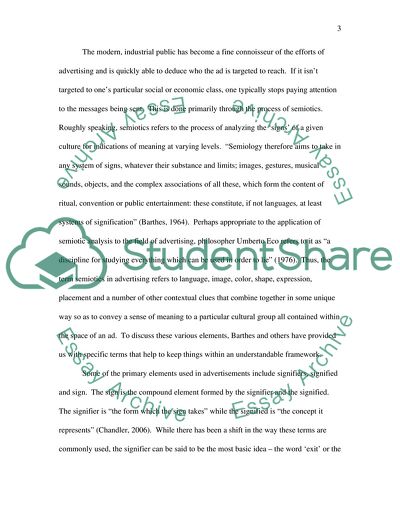Cite this document
(Semiotic Analysis of Givenchy Perfume Ad Assignment, n.d.)
Semiotic Analysis of Givenchy Perfume Ad Assignment. https://studentshare.org/marketing/1720163-semiotic-analysis-of-a-printed-advert
Semiotic Analysis of Givenchy Perfume Ad Assignment. https://studentshare.org/marketing/1720163-semiotic-analysis-of-a-printed-advert
(Semiotic Analysis of Givenchy Perfume Ad Assignment)
Semiotic Analysis of Givenchy Perfume Ad Assignment. https://studentshare.org/marketing/1720163-semiotic-analysis-of-a-printed-advert.
Semiotic Analysis of Givenchy Perfume Ad Assignment. https://studentshare.org/marketing/1720163-semiotic-analysis-of-a-printed-advert.
“Semiotic Analysis of Givenchy Perfume Ad Assignment”. https://studentshare.org/marketing/1720163-semiotic-analysis-of-a-printed-advert.


